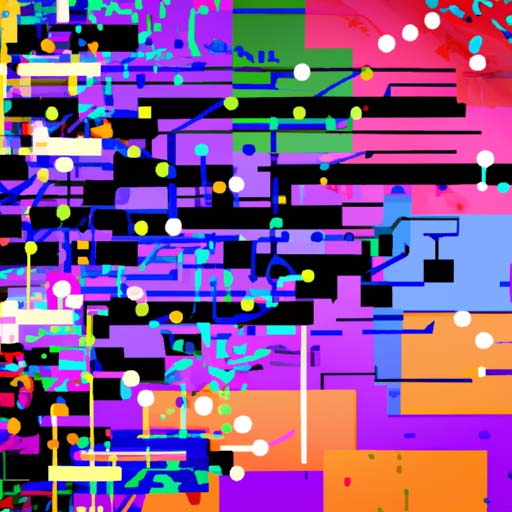Welcome to a behind-the-scenes look at the fascinating world of video game development processes! In this article, we will delve into the intricate coding techniques and processes that bring your favorite video games to life. Whether you’re an aspiring game developer or simply curious about how those immersive digital worlds are created, this article will provide valuable insights into the coding magic happening behind the scenes. So, grab your virtual gears and let’s dive in!
The Journey Begins: Game Design and Planning
Before a single line of code is written, video game developers go through an extensive game design and planning phase. This involves brainstorming ideas, creating concept art, designing characters, and mapping out the game’s structure. This crucial step lays the foundation for the coding process by establishing the game’s goals, mechanics, and overall vision.
Once the design phase is complete, the development team moves on to the next step – coding.
The Art of Code: Programming Languages and Tools
When it comes to coding video games, developers rely on programming languages such as C++, C#, or Java. These languages serve as the backbone of the game, allowing developers to write the instructions that control character movements, create interactive environments, and simulate captivating gameplay experiences.
Additionally, game development frameworks and engines provide a powerful toolbox for developers. These tools offer pre-built functionalities, such as physics engines, rendering capabilities, and audio systems, which significantly streamline the coding process. Some popular game engines include Unity, Unreal Engine, and Godot Engine.
Building Blocks: Objects, Scripts, and Assets
In the world of video game coding, objects, scripts, and assets are the building blocks that bring games to life. Objects are the elements or entities within the game, such as characters, items, or obstacles. Each object has specific characteristics, behaviors, and interactions that are defined by scripts.
Scripts can be thought of as a set of instructions that control how objects behave in the game. These instructions dictate actions such as character movements, enemy AI behavior, or the reaction to player input. By writing and implementing scripts, developers control the core functionality and logic of the game.
Furthermore, assets are the visual and audio elements that make games visually appealing and immersive. From 3D models and textures to background music and sound effects, assets add depth and realism to the gaming experience. These assets are integrated into the game using specialized tools and coding techniques.
Debugging and Playtesting: Polishing the Experience
Once the initial coding phase is complete, developers embark on a crucial phase – debugging and playtesting. Debugging refers to the process of hunting down and fixing any errors or bugs in the game’s code. This ensures a smooth and seamless gaming experience for players without unexpected glitches or crashes.
Playtesting, on the other hand, involves repeatedly playing the game to identify any areas that need improvement. Developers gather feedback, tweak gameplay mechanics, and fine-tune the overall experience. This iterative process ensures that the final product meets the expectations of players and lives up to the collective vision of the development team.
Game Deployment: From Code to Consoles (and Beyond!)
After the coding, debugging, and playtesting stages, it’s time to deploy the game for players to enjoy. Game developers prepare the game for release by packaging the code, assets, and any additional files required. This package is then distributed via various platforms, including consoles, computers, or mobile devices.
Once the game is in the hands of players, the development process continues with updates, patches, and additional content releases. This ongoing support ensures the continued evolution and improvement of the game long after its initial release.
And there you have it – a glimpse into the world of video game coding! From the initial design and planning stages to the deployment of the final product, the process of coding a video game is a complex and collaborative effort. So, next time you immerse yourself in a digital world, remember the dedicated developers who brought it to life through their coding expertise. Happy gaming!
